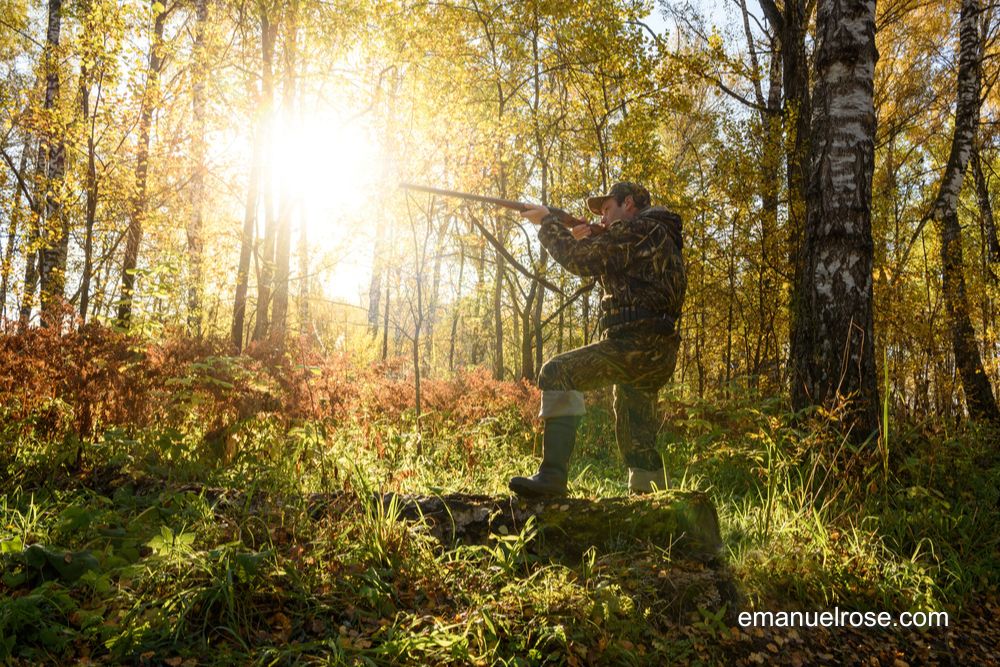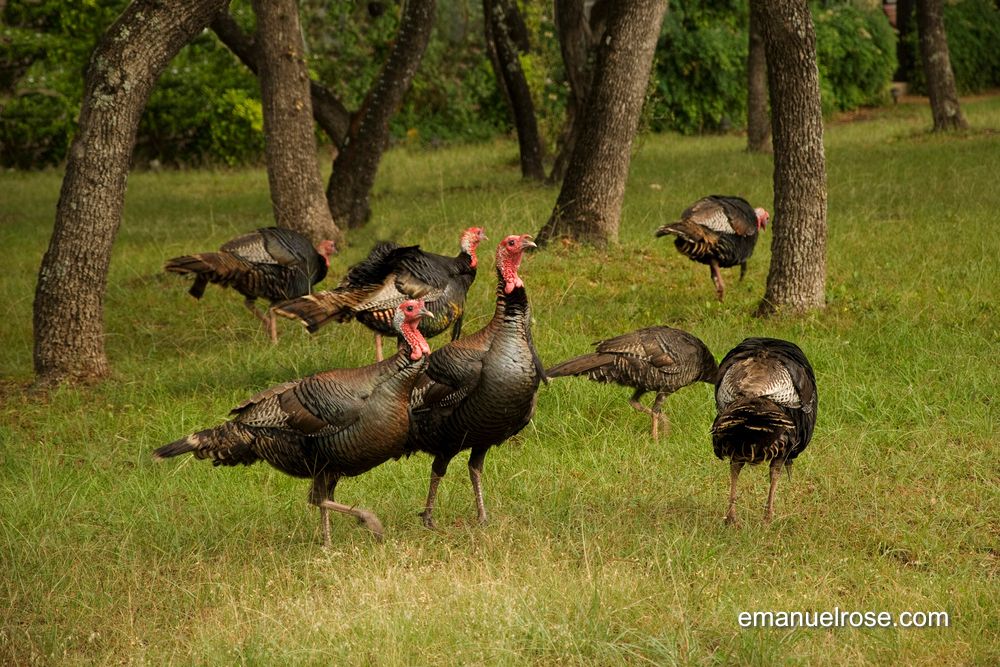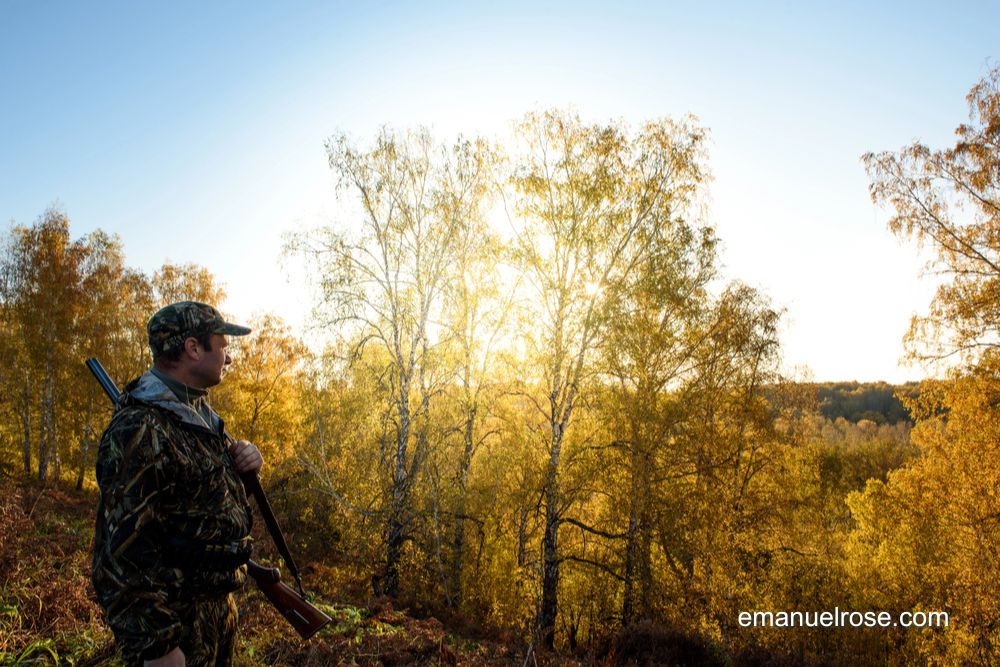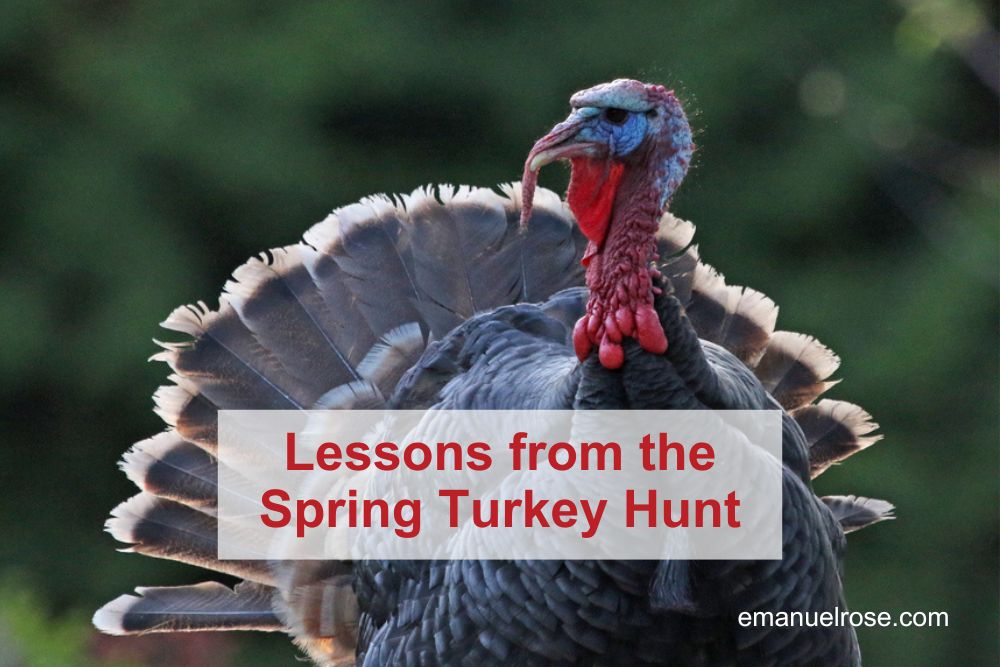The Allure of Turkey Hunting
Observations from 2024:
A Tale of Two Regions

Unpredictable weather and flock dynamics keep hunters on their toes, demanding constant adaptation and vigilance.
In these areas, patterns observed in previous mild winters can offer some clues, but deviations are common, requiring hunters to remain flexible and observant.
On private lands that have undergone extensive logging, the selective harvesting of large trees used as traditional roosting spots added a layer of complexity. The turkeys returned, drawn by the good habitat, but without a clear idea of where to roost, creating a new dynamic for hunters to understand and exploit.
Patterns and Persistence

Hunters must be prepared to constantly move and adapt to find the right elevation where the birds are active.
In lower agricultural areas, the migratory distance tends to be smaller, but the principle remains the same. Understanding the seasonal behaviors and adjusting strategies accordingly is crucial. Despite these differences, the importance of grasping turkey behavior in their specific environments remains paramount for success.
Adaptation: A Key to Success
Adapting gear and strategies is essential for improving efficiency and success in turkey hunting. This year marked significant transformations in approaches for many hunters:
- Optics: Installing red dot reflex sights on shotguns can greatly improve accuracy and is particularly beneficial for new or inexperienced hunters. This adjustment can make the difference between a clear shot and a missed opportunity.
- Lighter Shotguns and Shooting Sticks: Switching to a lighter shotgun can ease the physical burden of long hunts. Additionally, using shooting sticks can help minimize movement and maintain readiness while calling and tracking turkeys solo.
- Bipod Shooting Sticks: These tools are invaluable for steadying a shot, especially when hunting alone. Using zero magnification red dot sights can ensure a clean, humane shot, making them an excellent choice for hunters of all experience levels.
Memorable Moments and Takeaways
Every turkey hunting season provides moments that stand out and teach valuable lessons. One memorable observation this year was the importance of patience and flexibility. Waiting until later in the morning to strike, rather than trying to capitalize on the roost early, can sometimes yield better results. This strategy takes into account the turkey’s daily activities and biological needs, aligning the hunter’s approach with the natural rhythms of the birds.
Another significant takeaway was the unpredictable nature of turkey behavior. There were instances of unusual interactions with hens, which emphasized the need for patience and minimal movement. Such experiences underscore the importance of adapting tactics based on real-time observations and remaining persistent despite initial setbacks.
Advice for Beginners
For those new to turkey hunting, the following pieces of advice can prove invaluable:
- Persistence: Go out every day you can, regardless of weather conditions. Each day in the field is a new opportunity to learn and increase your chances of success.
- Scouting: Good scouting and a thorough understanding of the terrain are critical. Look for patterns, perennial water sources, and optimal nesting areas to guide your hunting efforts.
- Adaptability: Be prepared to alter your strategies based on what you observe. Whether it’s changing your calling techniques, modifying your gear, or adjusting your hunting times, flexibility is crucial.
- Movement: Keep moving and exploring different spots if you’re not seeing or hearing turkeys. Staying in one place too long without results can be a mistake; sometimes, you need to cover more ground to find the birds.

Turkey hunting blends art and science, requiring knowledge, experience, and intuition.
The 2024 season, with its unique challenges and learning moments, has reinforced the timeless bond between hunters and the natural world.

